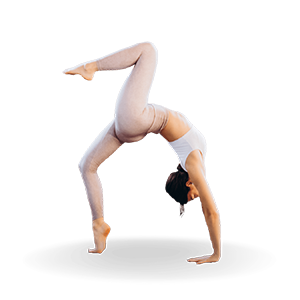
Subscription confirmed!
Welcome to our newsletter 🎉
Join our community
Download the app
Connect with yogis arround the world

Subscription confirmed!
Welcome to our newsletter 🎉
Join our community
Download the app
Connect with yogis arround the world

Subscription confirmed!
Welcome to our newsletter 🎉
Join our community
Download the app
Connect with yogis arround the world
